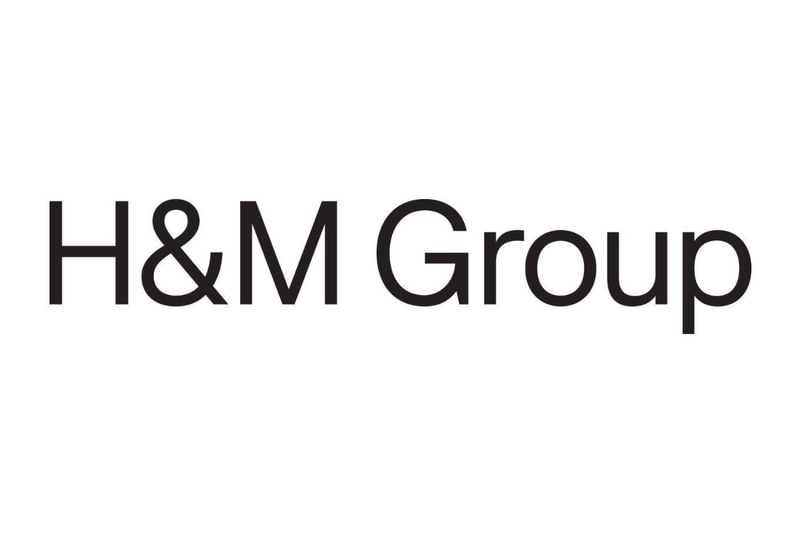
Scope 3: Stepping up science-based action
Feb 20th 2023
Scope 3 - all indirect value chain - emissions are both the most significant and most challenging source of emissions from businesses. Alberto Carrillo Pineda, Chief Technical Officer of the Science Based Targets initiative (SBTi) explains more, and outlines results of a recent stakeholder survey and the action the initiative is taking.
Emissions in a company’s supply chain are on average 11 times higher than direct (scope 1) emissions and reflect >70% of total emissions. As such, value chain decarbonization represents one of the most significant opportunities for companies to play their part in reaching net-zero globally before 2050.
Scope 3 emissions refer to all indirect upstream and downstream emissions that occur in a company’s value chain, excluding indirect emissions associated with power generation (scope 2). They cover the extraction and transformation of raw materials, to the manufacturing, logistics, distribution, use and end-of-life of products.
Science-based target setting has played a critical role in mainstreaming the adoption of scope 3 targets. When the SBTi began in 2015, only a handful of companies had meaningful and comprehensive scope 3 inventories and targets. Now, all companies that submit a target for SBTi-validation complete a scope 3 inventory, and 96% of SBTi-validated targets include scope 3 emissions.
Scope 3 targets are a requirement under the SBTi Net-Zero Standard. The SBTi Criteria for near-term targets (criterion C4) also states that if a company’s scope 3 emissions are 40% or more of total scope 1, 2, and 3 emissions (i.e. the vast majority of companies), a scope 3 target is required.
Achieving net-zero emissions for a company implies that every step in the provision of goods and services achieves a level of emissions compatible with climate stability (i.e. zero or residual levels). Given the complexity in accounting for, reducing or eliminating and tracking indirect emissions, this is a significant undertaking for companies. Yet, it is a challenge that must be faced to address climate-related risks.
In recognition of the urgent need to accelerate value chain decarbonization, the methodological challenges that exist today and evolving best practice, the SBTi decided to embark on a process to review our approach to scope 3 target setting and to develop resources to guide the adoption, implementation, assessment and tracking of scope 3 targets in a robust and consistent way.
Our goal is clear: we aim to have a target-setting framework that catalyzes value chain decarbonization in line with 1.5°C pathways in a robust, actionable and transparent way. We will do this while recognizing the data, methodological and implementation challenges that exist today.
Developing scope 3 guidance
The review of SBTi’s scope 3 guidance began in 2022 and will be ongoing throughout 2023. We will share regular updates throughout the process.
We will consider many dimensions of scope 3 target setting, including but not limited to:
Clarifying the technical and scientific foundations to align scope 3 targets to 1.5°C emission trajectories.
Evaluating scope 3 target boundary criteria and materiality thresholds for both near- and long-term science-based targets.
Assessing and refining the methods and benchmarks that can be more effective to drive value chain decarbonization and to track progress - including emission and non-emission-based approaches.
Providing clarity about how different types of intervention can be used in the delivery of value chain decarbonization targets in a robust and transparent way.
To inform this review, we launched a comprehensive, global and cross-sector survey in September 2022 with support from the Boston Consulting Group (BCG). Our goal was to better understand the barriers and limitations companies face when baselining, setting and delivering scope 3 science-based targets. View the report into the survey responses.
While many challenges identified in the survey will require ecosystem-wide efforts to address, others provide important context for this scope 3 review process. Five high-level takeaways were highlighted by this research:
Data is a barrier for baselining and demonstrating progress: While 83% of respondents have a scope 3 baseline, 85% believe data access is a barrier to developing an inventory. This is primarily due to a lack of supplier data; only 6% of respondents use supplier specific emissions factors today. Without measured primary data, companies often utilize average emissions factors. However, secondary data can limit comparability of footprints and create challenges for tracking the impact of actions required to deliver progress.
Confidence in ability to deliver is important for target setting: 90% of respondents find the process of setting science-based scope 3 targets challenging. Two thirds of respondents identify low confidence in their ability to deliver as a barrier to target setting. This is due to the perceived consequences of failure combined with low visibility into delivery roadmaps.
Some scope 3 emissions categories are harder to decarbonize than others: 70% of scope 3 emissions reported to CDP originated in two emissions categories: category 1, purchased goods and services, and category 11, use of sold products. Nearly 80% of respondents consider these categories to be the most challenging to decarbonize.
Multiple factors impact a company’s ability to influence their value chain: 81% of respondents identify the ability to influence suppliers in their value chain as a barrier to delivery. They cite factors including supplier fragmentation, supplier disintermediation, degree of negotiating power, nature of supplier relationship and supplier willingness to act.
Business fundamentals are closely linked to delivery feasibility: 58% of respondents find company growth to be a barrier to delivering a scope 3 science-based target (especially relevant for the 57% of respondents with absolute rather than intensity targets). In addition, 61% cite the cost of decarbonizing the supply chain as a barrier, particularly driven by higher OPEX due to green premiums for low carbon products and services.
Through this work, we’ve identified potential solutions to the most material challenges, which fall into six high-level categories: improved data collection and supply chain traceability, enhanced accounting frameworks, target setting guidance and methods, effective value chain action, financiers and regulators and internal efforts. These are described in more detail in the survey report. Some of these solutions (among others) will be explored during the SBTi scope 3 guidance review process.
Collaboration with key actors in the ecosystem
The research revealed significant interdependencies between science-based target setting, greenhouse gas accounting, project-level interventions, commodity certification and other factors. Therefore, addressing the challenges that surround scope 3 target setting requires coordinated action across the entire ecosystem.
To this end, the SBTi is in the process of convening a group of key standard-setting organizations to address some of the main scope 3 challenges that exist. Through this collaboration, we intend to ensure the integrity of scope 3 target-setting, while providing the clarity that companies need to move from accounting to ambition to implementation.
Transparency and clarity around scope 3 target setting
We are also working to increase the transparency and accessibility of scope 3 targets on the SBTi Target Dashboard. Currently, the temperature alignments are only for scope 1 and 2 emissions. This is because the methods to assess scope 3 alignment are not robust enough to provide a benchmark for temperature classification.
We carried out extensive stakeholder engagement in September 2022, which indicated that the SBTi should communicate information about companies' commitments and targets more clearly, and in a more user-friendly format. In response, we are launching several updates to the Target Dashboard in the coming months, including improvements to better differentiate the temperate classification of scope 3 versus scope 1 and 2 targets.
For more information, watch SBTi and BCG’s event at COP27 and access the slides here. Stay up to date with the scope 3 guidance review process by signing up to our newsletter and following us on LinkedIn and Twitter.



